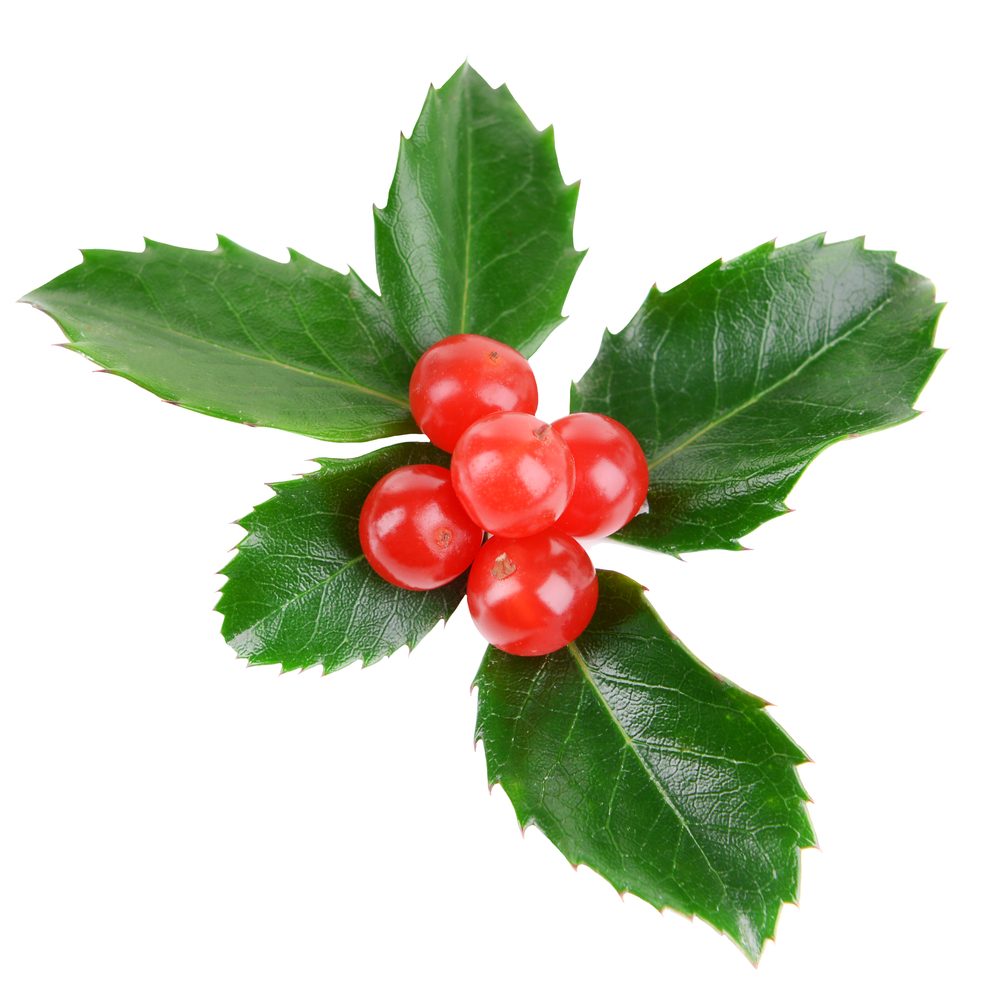
Mistletoe is especially interesting botanically because it is a partial parasite (a “hemiparasite”). As a parasitic plant, it grows on the branches or trunk of a tree and actually sends out roots that penetrate into the tree and take up nutrients. But mistletoe is also capable for growing on its own; like other plants it can produce its own food by photosynthesis. Mistletoe, however, is more commonly found growing as a parasitic plant.
There are two types of mistletoe. The mistletoe that is commonly used as a Christmas decoration (Phoradendron flavescens) is native to North America and grows as a parasite on trees from New Jersey to Florida. The other type of mistletoe,Viscum album, is of European origin. The Greeks and earlier peoples thought that it had mystical powers and down through the centuries it became associated with many folklore customs.
Mistletoe is excellent for stress, a broad acting, calming herb which is a regenerative aid to health. A traditional remedy for circulation, blood pressure, nervous system, chronic fatigue & hormonal problems